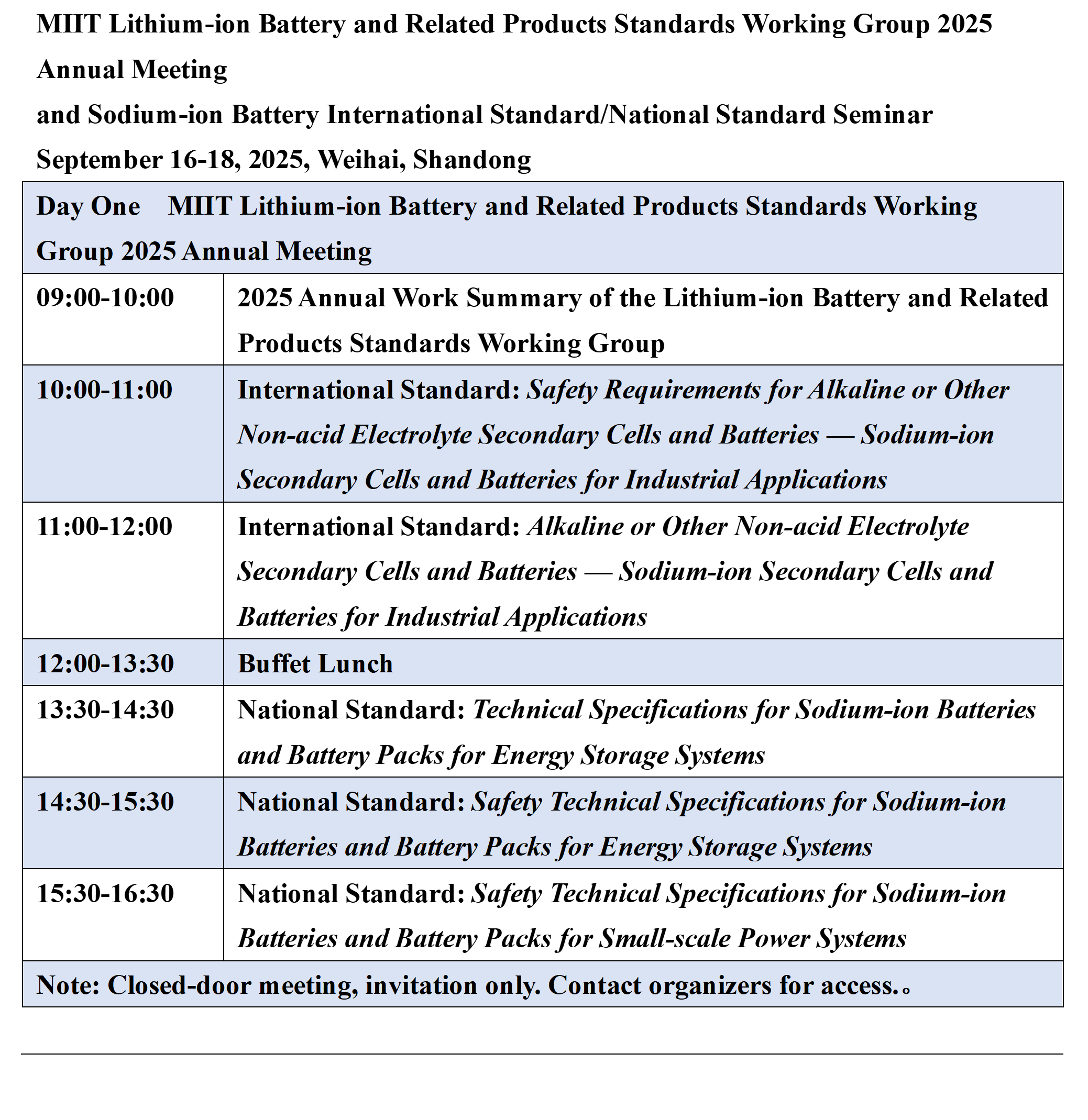Source: Jimusaer County Convergence Media Center
On June 26, the 1,000 MW / 6,000 MWh power-side energy storage project in Chayou Zhongqi, Ulanqab City, Inner Mongolia officially commenced construction. The project is currently one of the largest power-side electrochemical energy storage projects in the world.
It is reported that the project is being constructed by a consortium formed by Sinohydro Bureau 16 Co., Ltd. and Fujian Yongfu Power Engineering Co., Ltd., covering design, procurement, construction general contracting (EPC), and operation and maintenance services.
The project is located in Chayou Zhongqi Ulanqab City, Inner Mongolia, and is planned to build a 1000MW/6000MWh electrochemical shared energy storage power station, occupying an area of approximately 700 mu (115 acres). The main construction content includes 1,200 5.016 MWh lithium iron phosphate energy storage battery containers, four 250 MVA split-winding 220kV main transformers, and the construction of one 220kV transmission line connecting to the Chayou Zhongqi 500kV substation.
The project adopts advanced lithium iron phosphate energy storage technology, integrating power conversion and boosting systems with an energy management system. It is capable of independently participating in grid frequency regulation and peak shaving, electricity market transactions, and capacity compensation. It can perform multiple functions such as peak shaving and valley filling, and load tracking. As a full life-cycle EPC + operation and maintenance management project, Sinohydro Bureau 16 will provide full life-cycle services for 20 years.
The commencement of this project marks a new stage in the development of China’s new-type energy storage industry. Upon completion, the project will have an annual peak shaving capacity of 2.16 billion kWh, equivalent to the annual carbon sequestration of 120 million square meters of forest. It will effectively alleviate the curtailment pressure of wind and solar energy in the Ulanqab new energy base and improve grid stability. It will also increase flexible regulation resources for the Inner Mongolia power grid, help the region achieve its goal of having more than 50% of its installed capacity from new energy sources by 2025, and provide a solid foundation for the safe and stable operation of the North China power grid. At the same time, through the large-scale application of advanced electrochemical energy storage technology, the project offers an “Inner Mongolia solution” with important demonstration significance for building a new-type power system with new energy as the mainstay, and will have a profound impact on promoting technological upgrades and large-scale development of the national energy storage industry.












































